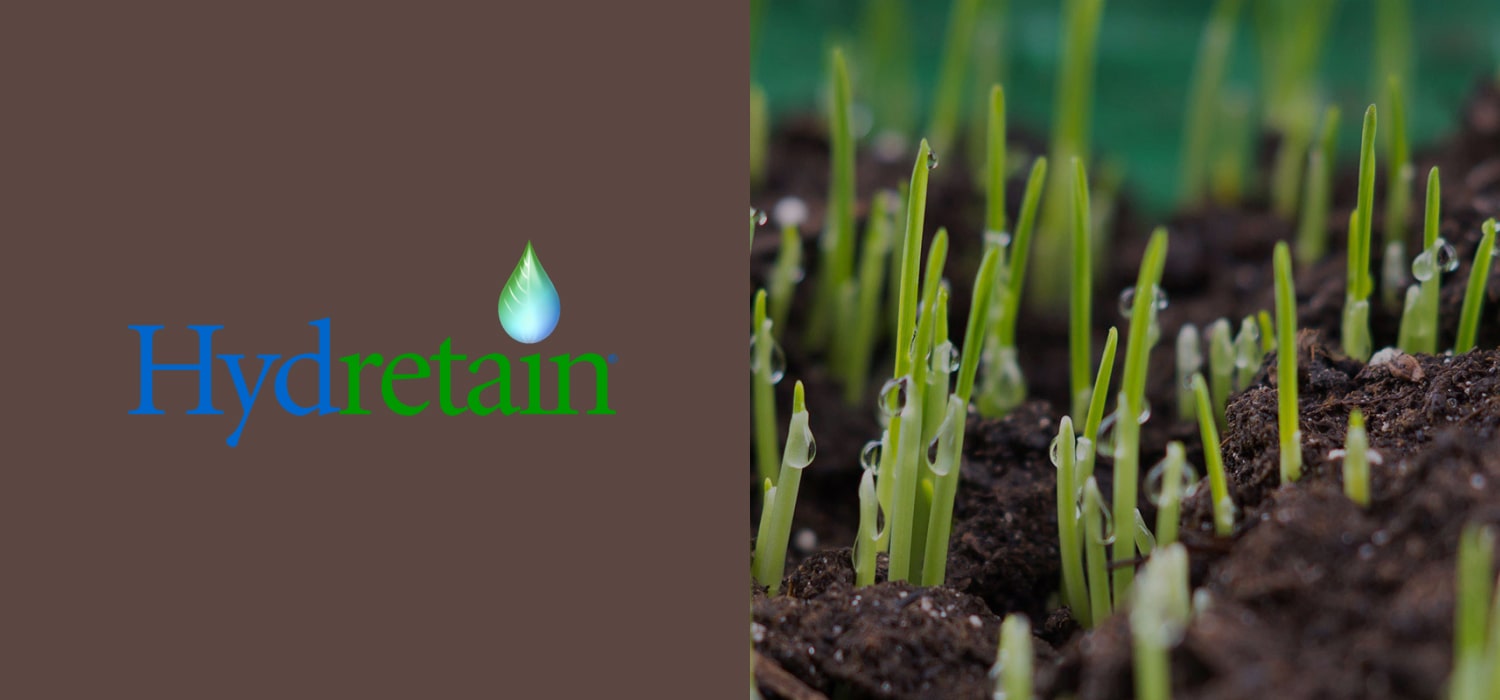
Another drought had set in, and an Australian chemist began a search for an answer to an immediate problem. He discovered a unique technology with the potential for large scale water conservation. Australia had recently outlawed the use of petroleum-based products for roadway dust control. As a result, a severe drought had turned dirt mine roads into giant dust clouds. To protect vehicle engines and maintain visibility, roads had to be watered multiple times per day, putting a significant strain on water resources. With a background in industrial coatings and previous work within the mining industry, Ronald Hansen was called on to help find a solution.
As an environmentally conscience chemical engineer, Ron turned to food grade hygroscopic humectants: ingredients commonly used to retain moisture in foods and cosmetic products. He discovered a means by which the dirt roads could be treated to capture evaporating moisture vapor and then bind that moisture on the soil surface. This process kept the dirt roads nominally damp, reducing dusting for an extended period between water cycles.
The product, known today as GelTrak, was refined, packaged, and marketed for this singular purpose. End of story? Not quite. After experiencing the successful use of hygroscopic humectants for dirt roads, Ron speculated that the effect of converting moisture vapor back into liquid water within the soil may have significant benefits for turf grasses and other plants. He was right, and a new concept developed.
